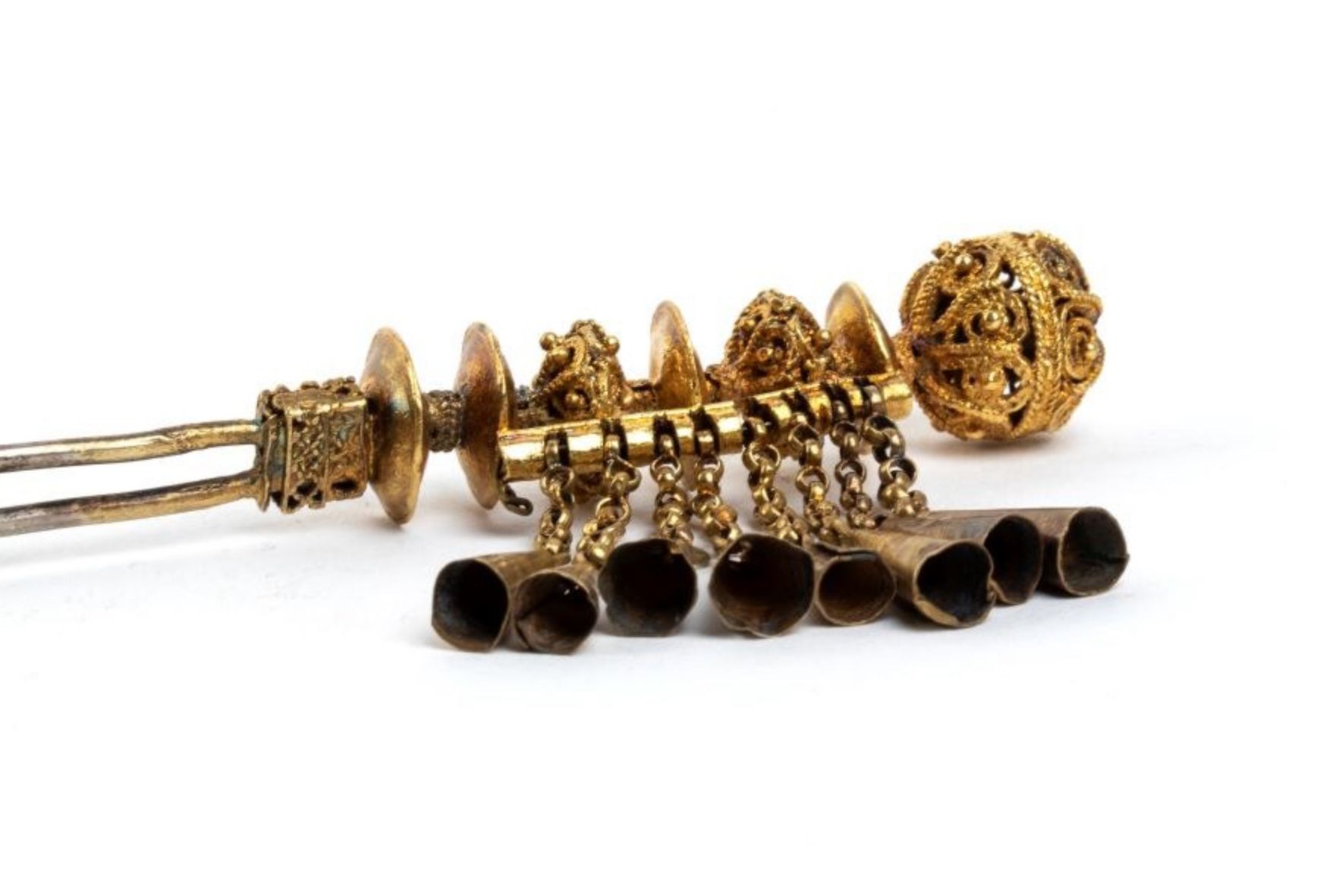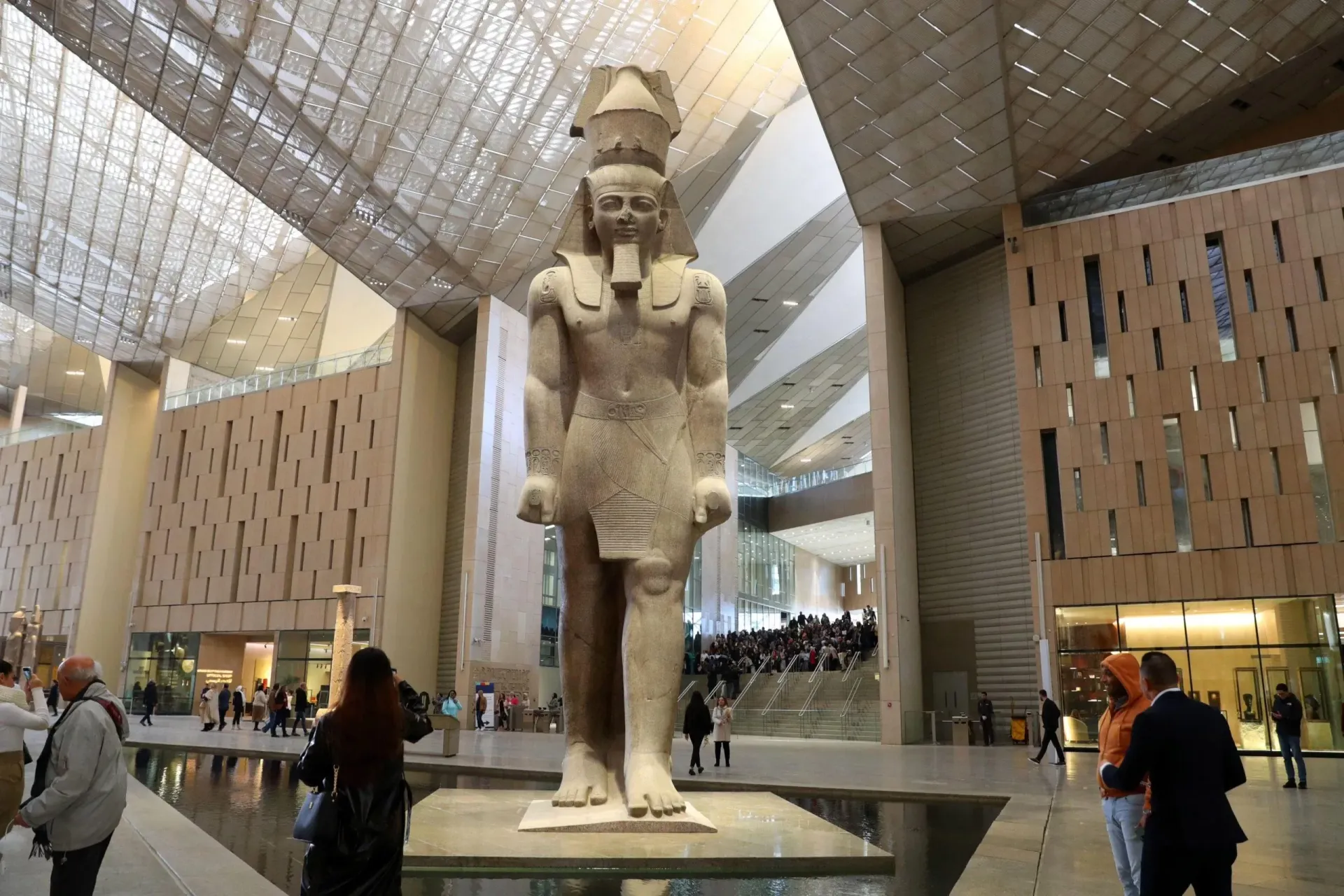Cultural Restitution
SHARE ARTICLE
Facebook and Instagram have finally yielded to pressure to remove all content on their platforms involving the exchange, sale or purchase of historical artefacts and looted antiquities.
This significant rule change follows determined advocacy by the Antiquities Trafficking and Heritage Anthropology Research (ATHAR) Project, together with two other internet crime watchdog organisations: CINTOC (Centre in Illicit Network and Organized Crime) and ACCO (Alliance to Counter Crime Online).
All three organisations have been monitoring the criminal trafficking activity in antiquities on Facebook for several years.
Facebook claim they've always had rules to prevent the sale of stolen artefacts. But Greg Mandel, public policy manager at Facebook, this week announced plans to go further. “We’ve been working to expand our rules, and starting today, we now prohibit the exchange, sale or purchase of all historical artefacts on Facebook and Instagram.”
The initiative has been welcomed by ATHAR , which must take most of the credit for drawing attention to the huge amount of criminal trafficking which has been growing on Facebook in recent years. In June 2019 ATHAR produced an extensive report which pointed to the presence of large-scale antiquities trafficking groups on Facebook. They gave specific recommendations how Facebook and other social media channels could stem antiquities trafficking on their platforms.
Katie Paul, co-director of the project said, “For years, Facebook has served as a massive outlet for antiquities looters and traffickers as they seek to feed material into a widening global network”. This week’s initiative, she believes, “demonstrates that they recognise this is an illegal and harmful activity that is occurring on their platform”.
So far, ATHAR claims it has identified over 120 Facebook groups and nearly two million members engaging on these platforms. Using coded language and encrypted apps to complete their transactions, both Facebook and Instagram are said to be used to locate buyers for thousands of stolen artefacts offered online each year. These include sculptures, burial artefacts, coins, mosaics and entire sarcophagi from Syria, Egypt and North Africa. Usually they're accompanied by images, sometimes even video footage showing the objects in the process of being unearthed by the looters.
Illustrating Facebook's historic ineffectiveness in monitoring the activities of looters and traffickers, groups have also been able to participate in tutorials about looting – real-time instructions on how to ‘excavate’ and distribute the looted artefacts.
Preventing the use of algorithms and micro-advertising on Facebook’s platforms to sell illicit antiquities won’t go all the way to remove this trade altogether. “A policy is only as good as its enforcement," added Katie Paul. But while other measures may still be necessary, it’s a step in the right direction and shows that organisations like ATHAR can be effective in the war against illicit trading of antiquities.
After this was written.....
In July 2020, a report published by the US non-profit RAND Corporation, which set out to explore the true scale of the illicit antiquities market and the network structure of its participants, concluded its size and structure is 'at odds with the conventional wisdom espoused by some journalists and researchers'. The RAND research suggests the market for looted antiquities is smaller, is more geographically dispersed and has more-fragmented supply chains than media accounts have typically indicated. The
RAND report directly contradicts the evidence provided by ATHAR and suggests Facebook's change in policy may have been driven by inaccurate data.
Photo courtesy of Wikimedia Commons
More News



